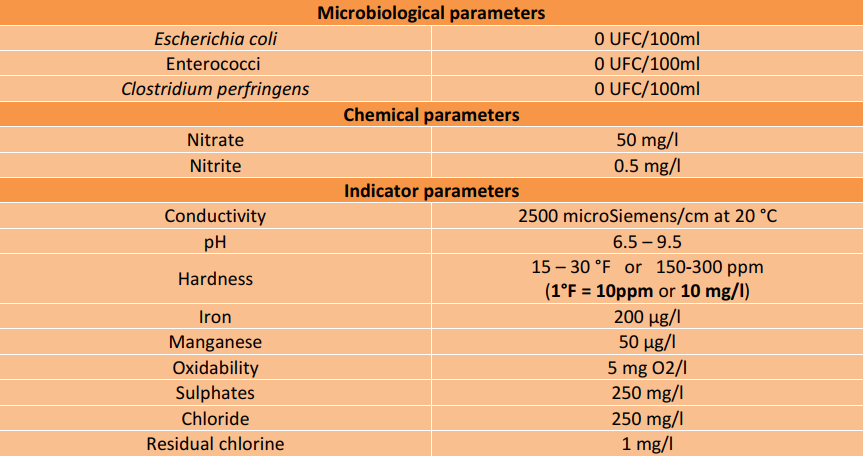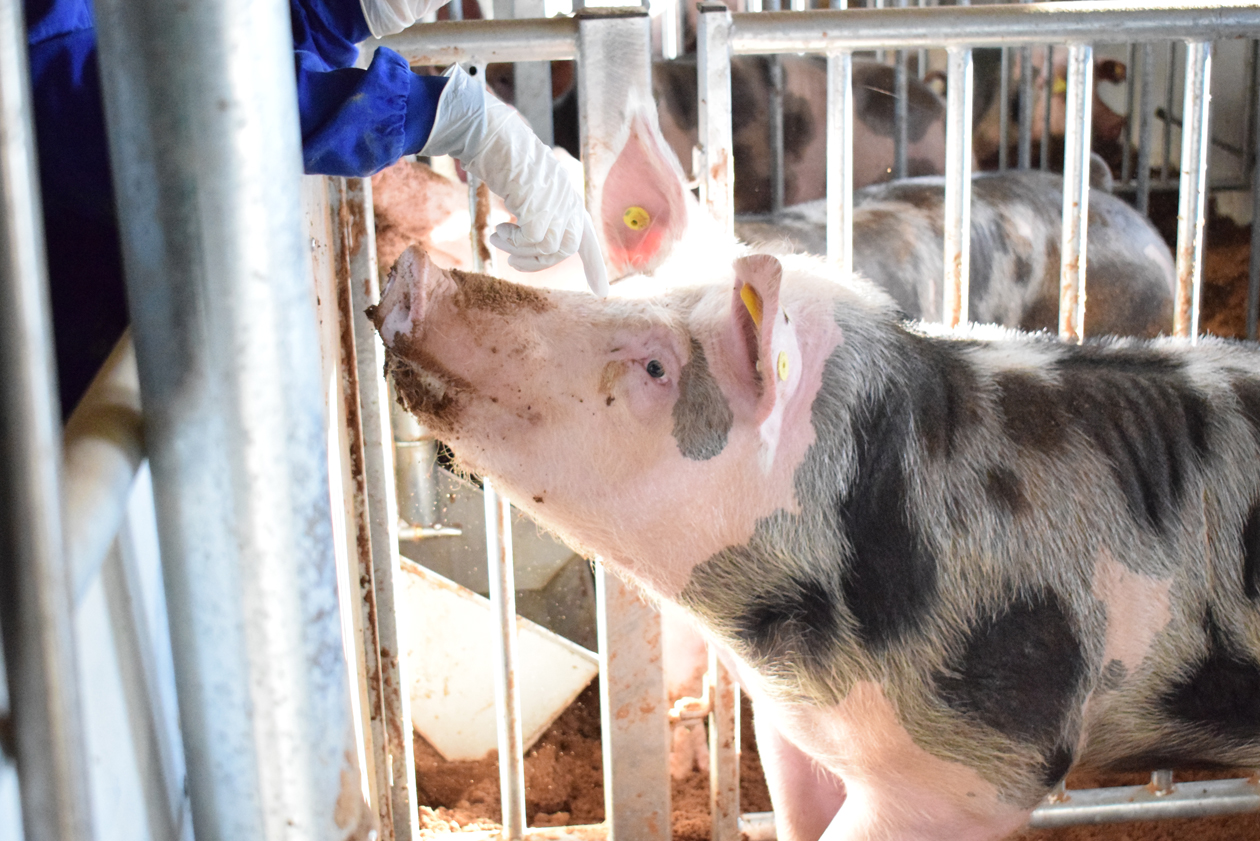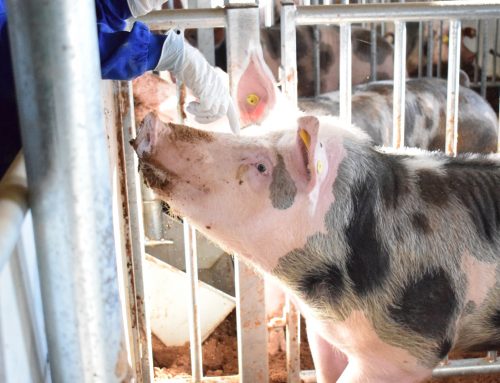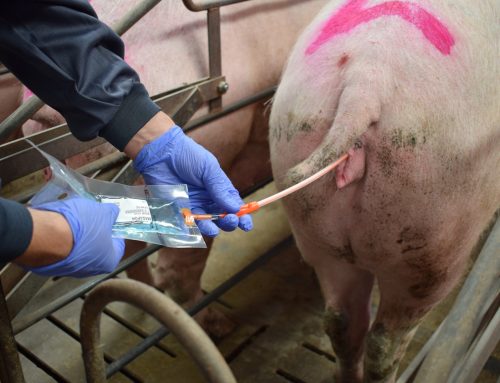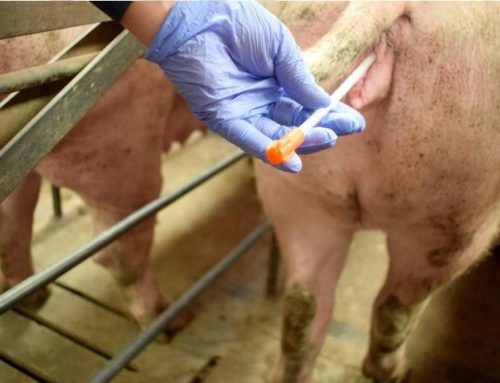The water is used to:
- The adjustment of body temperature
- The maintenance of homeostasis
- Excretion derived from metabolism products (particularly urea)
- Achieve the feeling of satiety
- Satisfy the behaviour needs
We have to take into account that the most of the water that is ingested through drinking water, since boar feed is usually dry matter.
Factors that affect water requirements include the following:
- Ambient and water temperature
- Relative humidity
- Health status
- Diet composition
- Quantity of feed consumed
- Quantity of protein
- Quantity of salt
- Quantity of fiber
- Water composition
How much water does a pig drink?
A boar drinks between 15 and 20 liters / day depending on the factors mentioned above, and can vary up to 50%. The flow rate of the pacifier should be 1 l/min. It is recommended that the drinking water temperature be less than 20 ºC.
Pregnant sows and boars drink most of the water between 15:00 and 21:00 hours, and have a small peak between 5:00 and 11:00.
If we talk about boars in the growth phase, a reduced amount of water, or a restriction on water intake, the growth rate of the animals will decrease. Protein deposition requires large amounts of water, whereas fat deposition requires much less water. If there is not enough water available for protein deposition, muscle mass and muscle definition will be affected.
If we talk about a restriction of drinking water of more than 24 hours, it can result in salt poisoning. The symptoms are the same as when animals consume feed or water with high concentrations of salt. The normal salt concentration in the diet is 0.4-0.5%, which becomes toxic in the absence of water.
In the case of salt poisoning, most clinical signs and deaths come when water is given without restriction. Early signs of dehydration include thirst, constipation, skin irritation, and lack of appetite. Nervous signs appear especially when water is available without restriction after a period without water, including: ear movement, wandering, crashing into objects, sitting dog position, loss of balance, apparent deafness and blindness and even convulsions.
For animals that have been restricted for more than 24 hours, the water should be administered gradually.
How can drinking water affect seminal quality?
The quality of the water will affect the feed consumption and the health of the animal in general, in addition we must take into account that the boar is especially sensitive to high temperatures, affecting in a very important way the quality and quantity of semen, therefore, an adequate water supply can help reduce problems related to high temperatures.
There are no public works, whether scientific or clinical cases in which the direct effect of water restriction or poor water quality on the boar seminal quality has been assessed We must understand that the effect of these restrictions or poor water quality, are going to suppose an effect of chronic stress (if it is prolonged in time, for example that every day they only have 8 hours of access to water) or acute (that they are 24 hours without water), or they will enhance the effect of other stressors such as high temperatures or humidity. Therefore, this situation of stress will lead to a reduction in the seminal quality of the boar, whether reflected in an increase in morphoanomalies, decrease in sperm concentration, lower libido,…
To assess water quality we must take into account:
– If the water does not come from the public network, the physico-chemical and microbiological parameters discussed below shall be determined quarterly in order to take the necessary corrective measures in the case of deviations from normal values.
– In the case that the water comes from the public network, reports that appear publicly on the website of the official agencies of the country can be consulted and attached, and once a month, analyze the free residual chlorine, whose value must remain between presence and 0.6 mg/l.
How to take a sample of drinking water for analysis?
The water analysis carried out on your farm will only be reliable if the sample has been taken correctly. For which let the water run through the pipes for a few minutes (30 sec – 2 minutes). Subsequently, the sample must be collected in a 500 ml sterile container without touching the tap or pacifier and must arrive at the laboratory for analysis within 24 hours after collection, and if possible better within the first 6 hours and refrigerated, so that the microbiological test is as reliable as possible.
If the analysis is purely chemical, it will be enough to take a single sample at the entrance of the water into the house, but if it is going to be bacteriological, it would be convenient to take two samples, one at the entrance to the house and the other at the end of the drinking trough, since bacteriological levels can vary throughout the circuit of the drinking troughs, therefore, to control the microbiological quality of the water only at the source is not enough, but must also be done at different points in the circuit of the drinking water.
Recommendations regarding drinking water:
In the case of having water tanks, they shall be kept covered to prevent the entry of dirt, insects or rodents. The correct functioning of the entire water supply and distribution system shall be checked daily to guarantee the necessary supply to all animals. Sufficient storage tanks must be available to ensure the supply for at least five days, or alternative systems such as vats must be available.
All pigs must have a clean, a sufficient water supply with easy and direct access, appropriate to their age and physiological condition. The system shall be designed, built and located in such a way that the risk of water contamination is kept to a minimum.
Below we show the characteristics of drinking water within the criteria established in human consumption.
